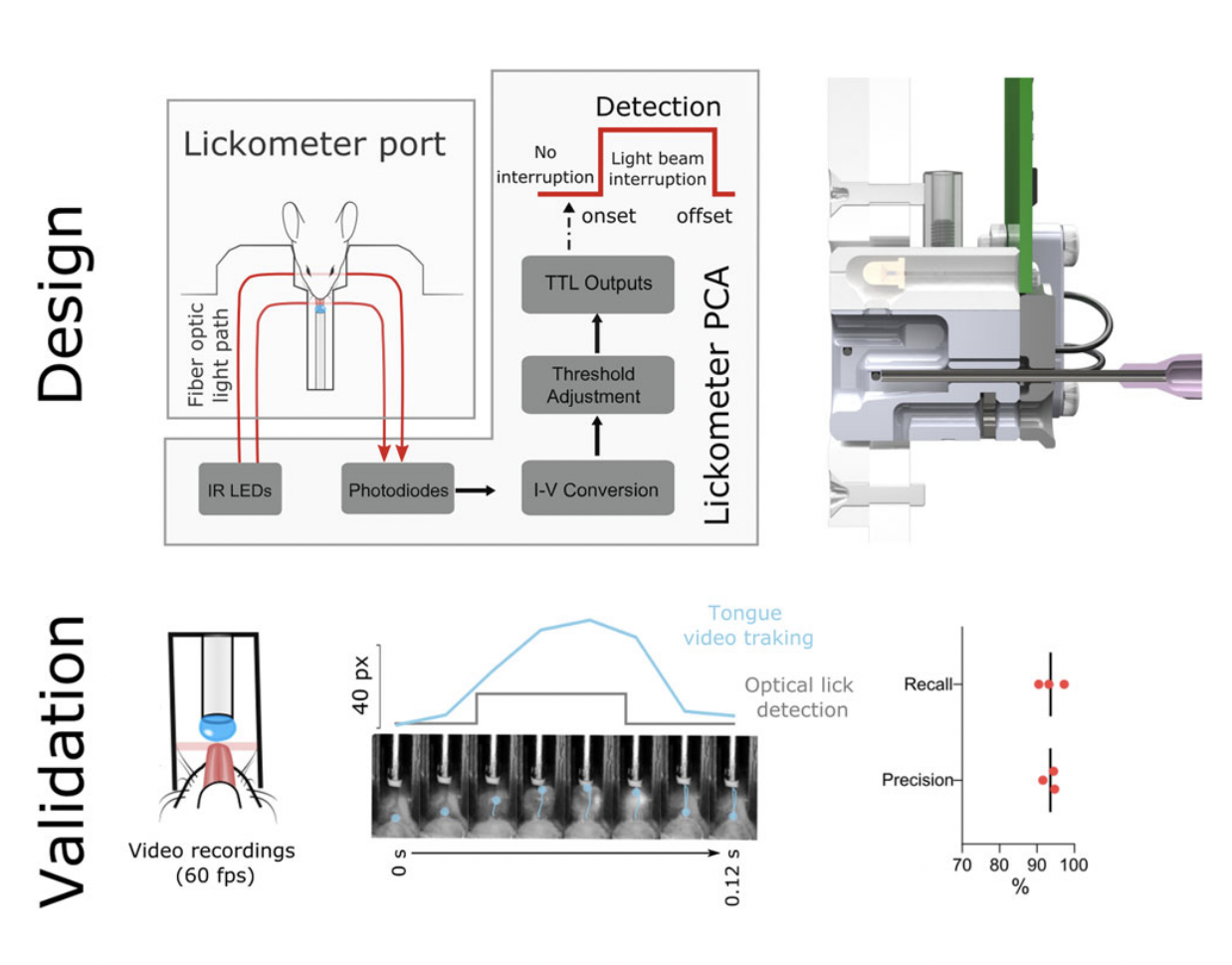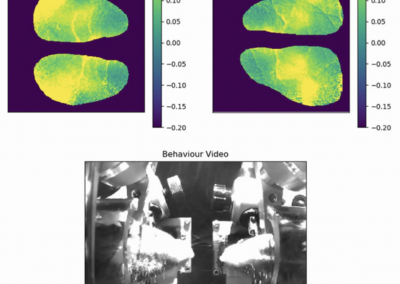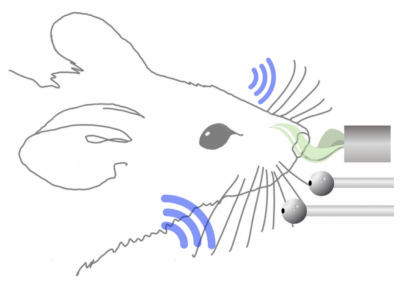High-Precision Optical Fiber-Based Lickometer

Artur Silva and colleagues, led by Joaquim Alves Da Silva (Champalimaud Foundation), introduce an optical-fiber based lickometer designed to overcome common limitations of other open-source lickometers. These sensors can trigger false readings caused by body parts other than the tongue breaking the photobeam. Silva’s device uses optical fibers to create a small, highly focused IR light beam positioned close to the sipper tube. This setup ensures that the beam is interrupted only by the tongue, minimizing false readings. In their published paper, they show that the optical fibers provide high sensitivity and precision, enabling reliable detection of individual licks and lick bouts in freely moving mice. Additionally, the device features a second IR beam placed to detect nose entries and an LED for presentation of visual cues, making the setup versatile for various types of behavioral tasks. In the project publication, the authors demonstrate the validity of their tool and also provide detailed instructions for the assembly of this device. The lickometer is affordable and open-source, with PCB and 3D-printed components, allowing researchers to build and customize the device easily.
This research tool was created by your colleagues. Please acknowledge the Principal Investigator, cite the article in which the tool was described, and include an RRID in the Materials and Methods of your future publications. RRID:SCR_026392

Access the code!
All design files are available in a GitHub repository.

Read more about it!
Find out more in the authors’ publication!




